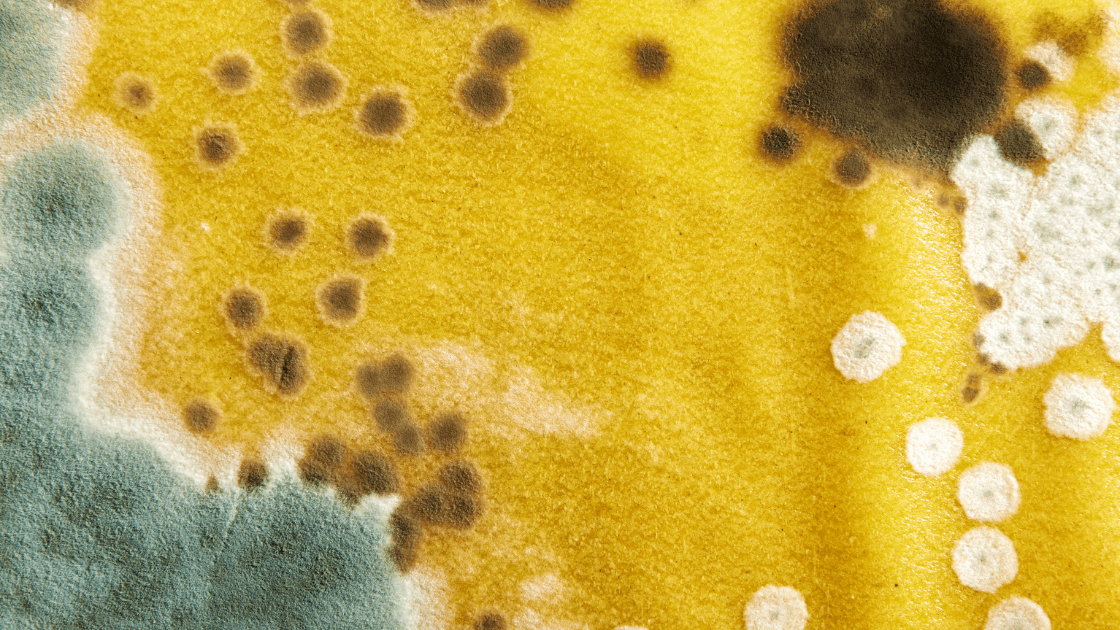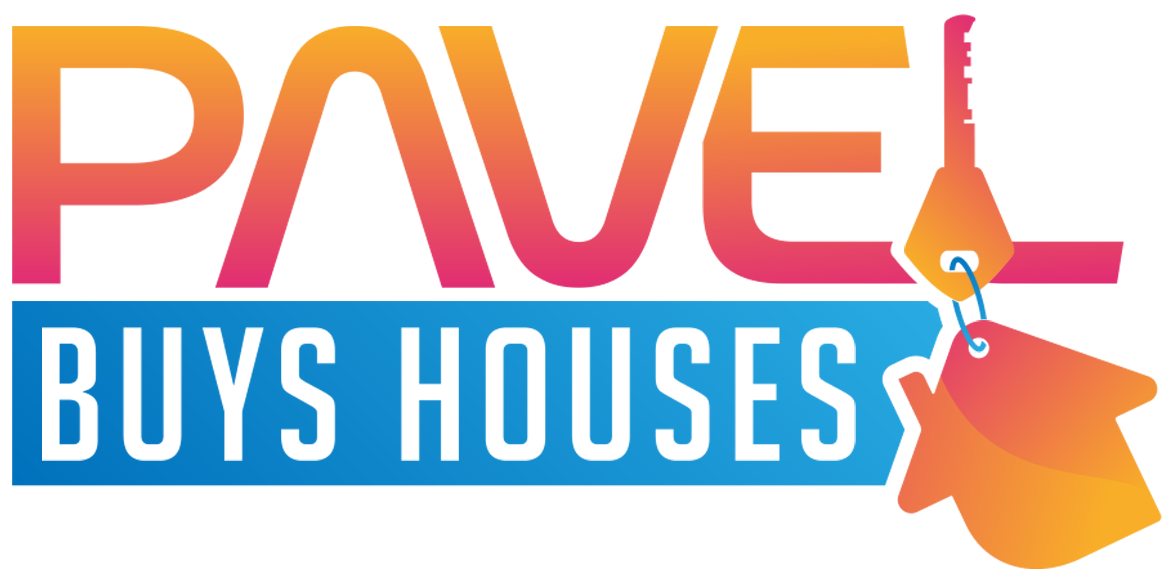
Most of us hear the words “black mold” and react in much the same way as if we heard the words “black widow.” We think of it as a silent, deadly killer that hides in our homes anywhere moisture collects undetected. When we see mold in our homes, our first thought is of this horrid entity.
But do we really need to be as afraid of black mold as we’ve been told to be? More importantly, how do we get rid of black mold if we detect it (or something that looks a lot like it) growing in our homes?
What is black mold?
Black mold (Stachybotrys chartarum) appears as blackish-green spots on any surface it can get a hold on, which usually includes natural, moist surfaces such as drywall, fiberboard, and gypsum. Black mold, like all mold, is attracted to moist areas where the temperature is mild enough for it to thrive, and there is little airflow. It is often found where a pipe has been leaking unnoticed for some time, or in an area of the home that was damaged due to a flooding incident that didn’t dry out completely.
Is black mold dangerous?
If you, like many of us, believe that disturbing black mold while trying to clean it will send you to the morgue, you can take a sigh of relief. Black mold isn’t much more toxic to us than any other form of mold. Anyone with respiratory issues should avoid all forms of mold.
That said, living with mold is never a good idea. While those of us with good respiratory health and no allergies will likely not notice any change to our breathing in a livable home with hidden mold (exploring abandoned decaying buildings is a different story), there are long-term ill effects. For this reason, you should deal with any mold problem as soon as possible.
How do you get rid of black mold in your home?
If you’ve found any area with significant mold (you can tackle any area up to 3 feet by 3 feet, according to the EPA, though you may not be comfortable with an area as large as this), you should contact mold removal specialists to take care of it for you. They will be able to use their expertise and professional tools to eradicate the mold and identify the issue that caused it in the first place.
If the mold is bad enough, check your homeowner’s insurance as it’s likely they will cover the issue. For example, if a leaking upstairs toilet caused mold in the walls around the kitchen below, your insurance company should pay for mold removal and the replacement of your kitchen.
If the area is approximately 3 feet by 3 feet or less, you can follow the steps below:
- Open nearby doors and windows – you want to keep the area well-ventilated for your sake and to help remove excess moisture from the air in the area the mold has grown.
- Wear a respirator – unless the spot is very small (and can be taken care of with just a squirt or two of a bleach solution), you should always wear a face mask when dealing with mold. Wear some protective eyewear, protective gloves, and a face mask. If the area is relatively small, you can wear a face mask like one you wore during the pandemic, but larger areas will warrant a respirator. You can find these at most hardware stores.
- Use a bleach mixture or a mold removal product (you can find specialist black mold removal products) to remove the mold. Mix 1 cup of bleach in 1 gallon of water (or half for a smaller amount) and apply it liberally to the mold with a paper towel or old dishcloth. Leave it for 2 minutes. You will usually see the mold start to fade.
- Scrub – Once you’ve given the bleach a few minutes to soak in, use a cloth or small brush to scrub the mold.
- Repeat the process If necessary, until the mold is gone.
- Allow the area to dry, keeping the wall well-ventilated until the wall is dry.
- Take measures to prevent this from reoccurring. If the problem was due to a leak that is now taken care of, you don’t need to worry too much about this, but if it was due to something like the setup of your laundry room, make sure you take measures to avoid the room staying moist enough that mold can grow, such as opening a window or using a dehumidifier.
What should I do for a large outbreak?
If you find that there are large areas covered by mold, get in the experts to help you. This goes for ripping out moldy drywall and similar, too, since disturbing the mold will cause a release of spores into the air which puts you at more risk. Again, check with your homeowners’ insurance policy to see if they will cover mold damage.
Whatever you do, make sure you identify the cause of the mold and make the necessary repairs. If there is an ongoing leak, the mold is only going to come back again and again, and the condition of the home will only get worse with time.
Avoid Costly Repairs
If you’ve inherited a home that has not been lived in for some time or if your insurance will not cover the cost of repairs, you can consider selling the home to an investor. We buy homes in as-is condition in Massachusetts, including homes that require repairs or updating.
We’ve helped many homeowners who feel trapped in their homes sell so they can move on to happier, healthier homes. All you need to do is reach out to us with a few details about your property and we’ll give you our best cash offer. You’re under no obligation to accept, but if you do, we can close in as little as 2-3 weeks. To find out more or to get a cash offer for your property, click here.

